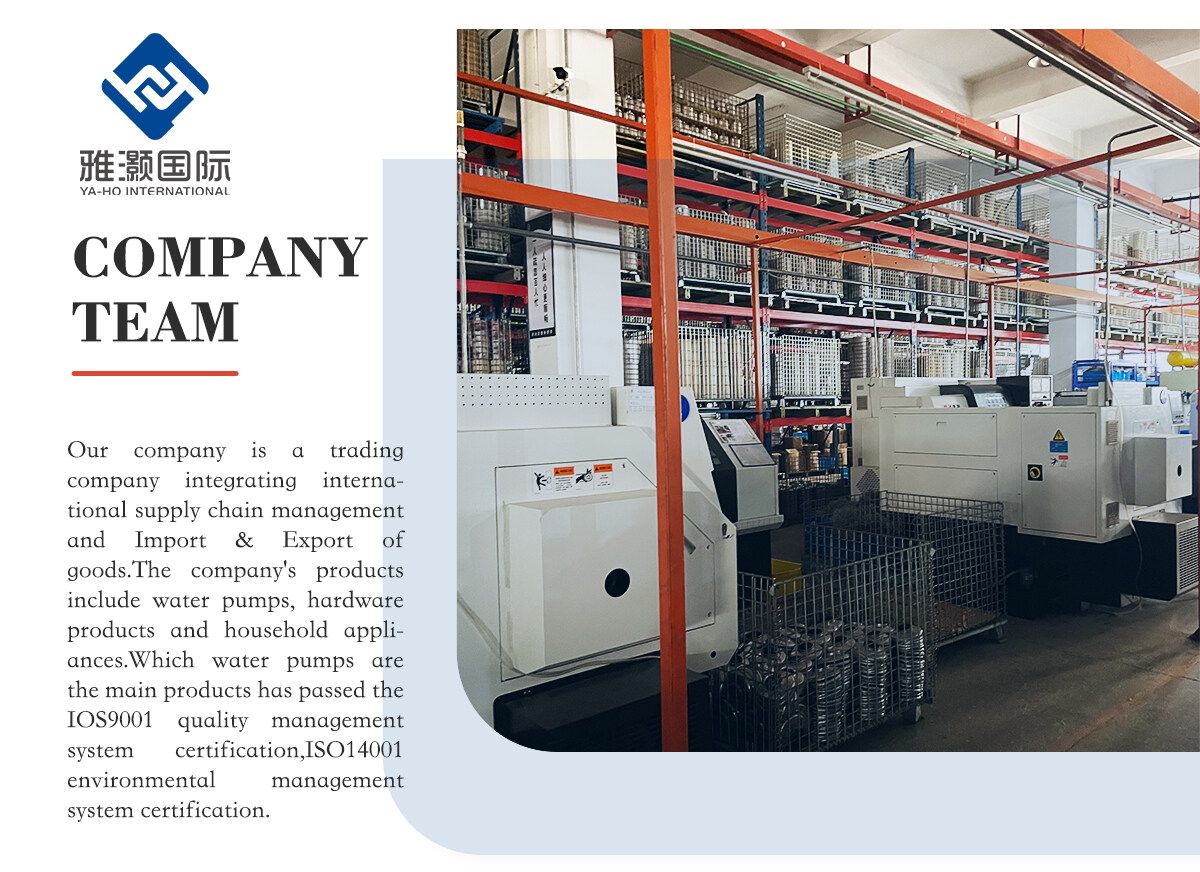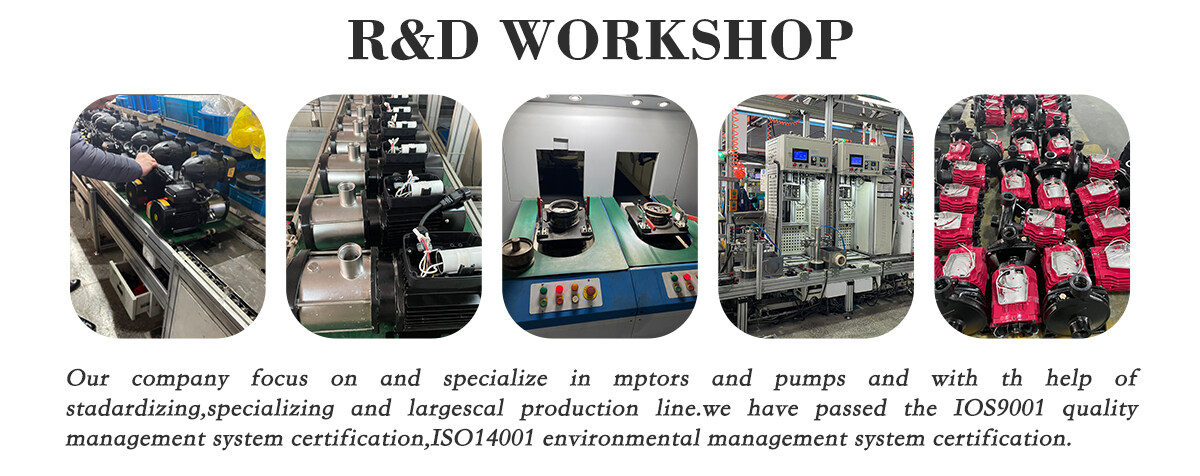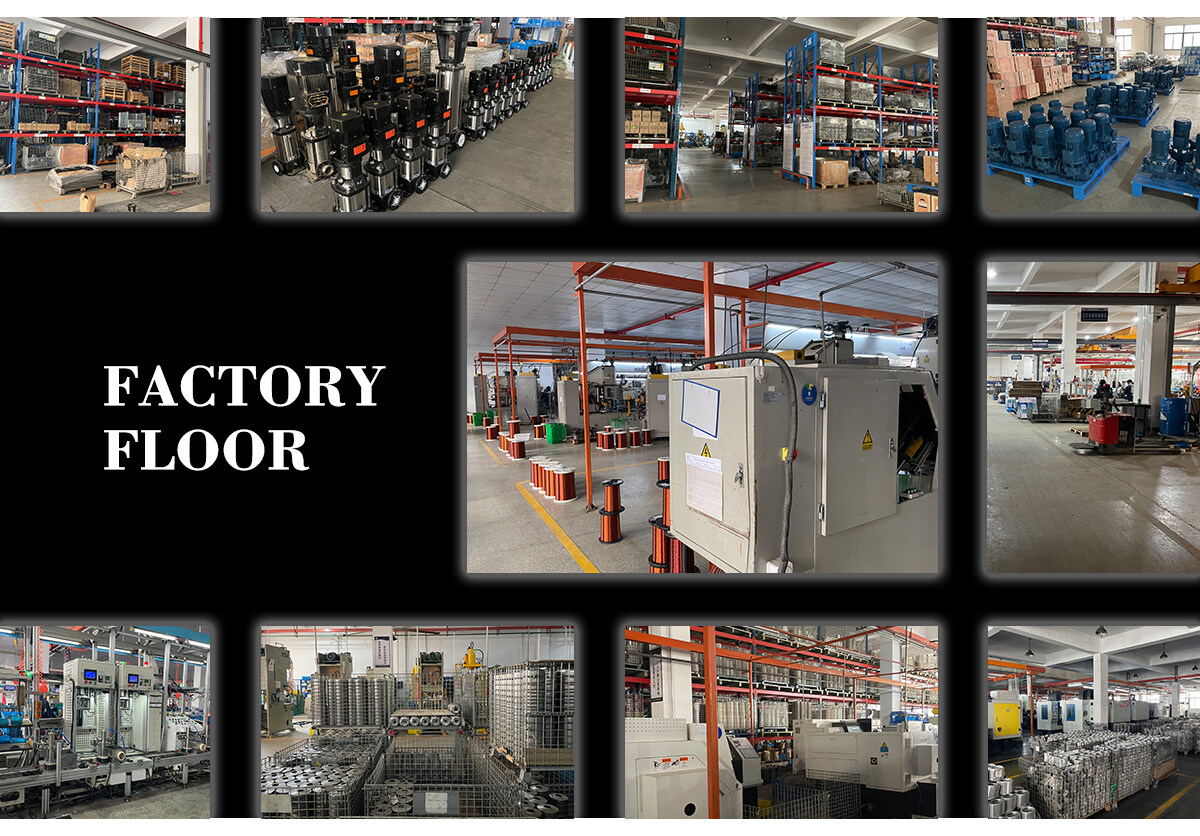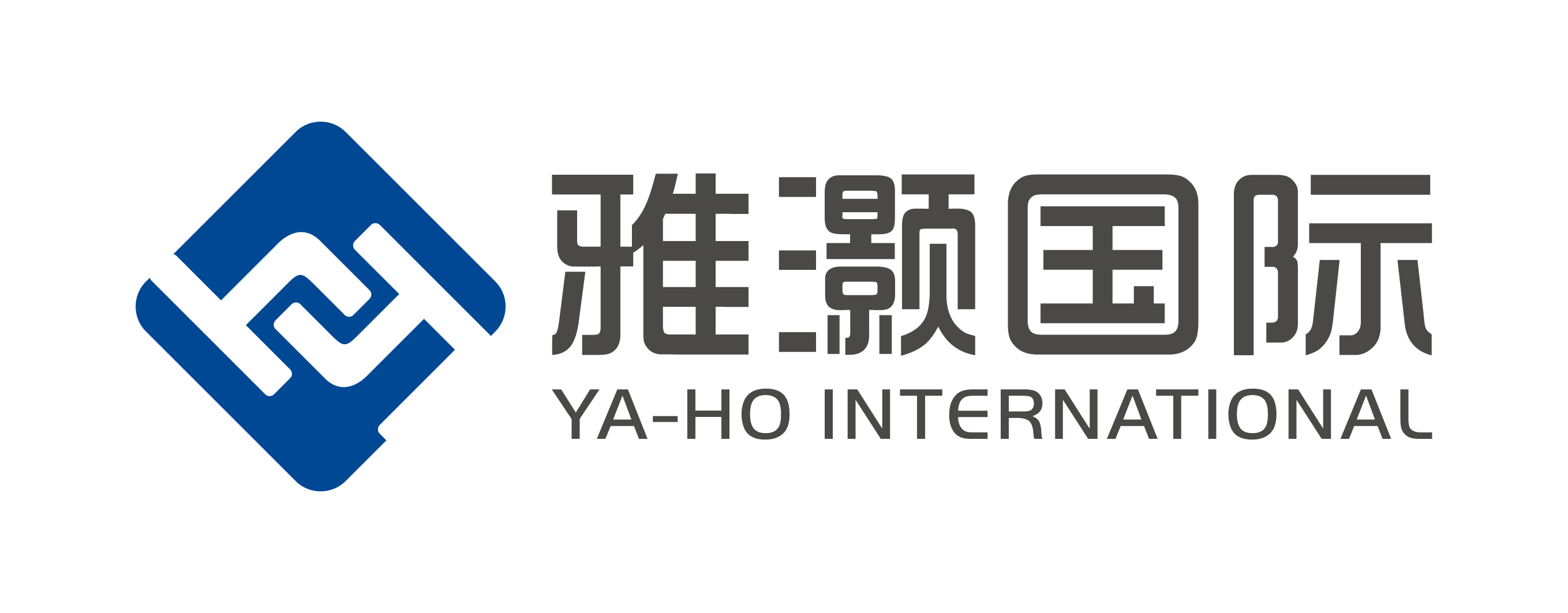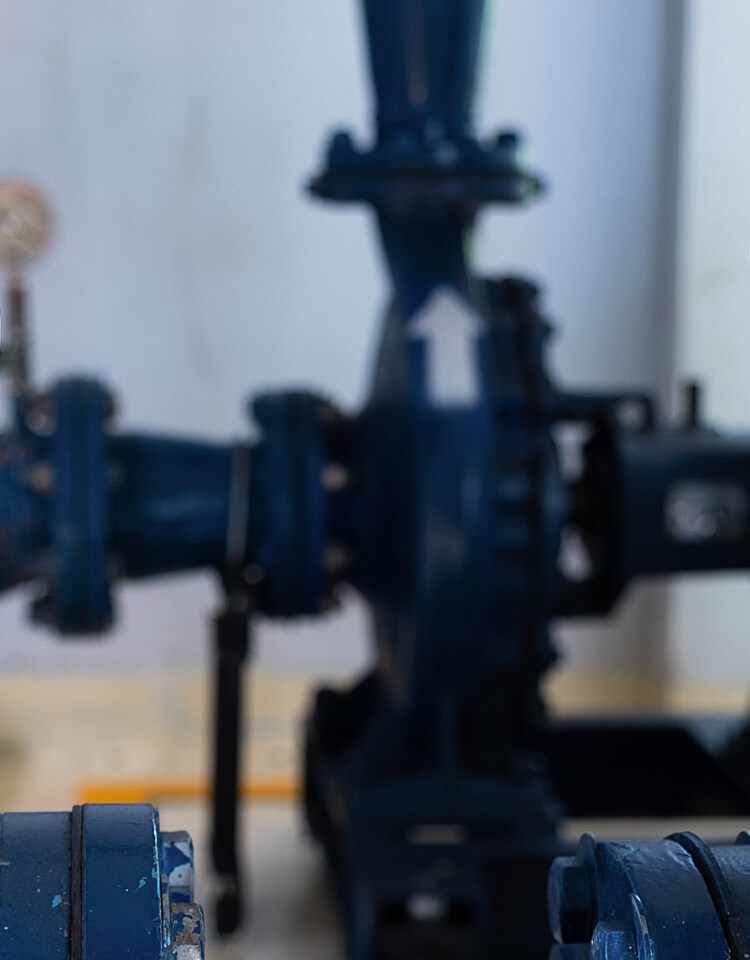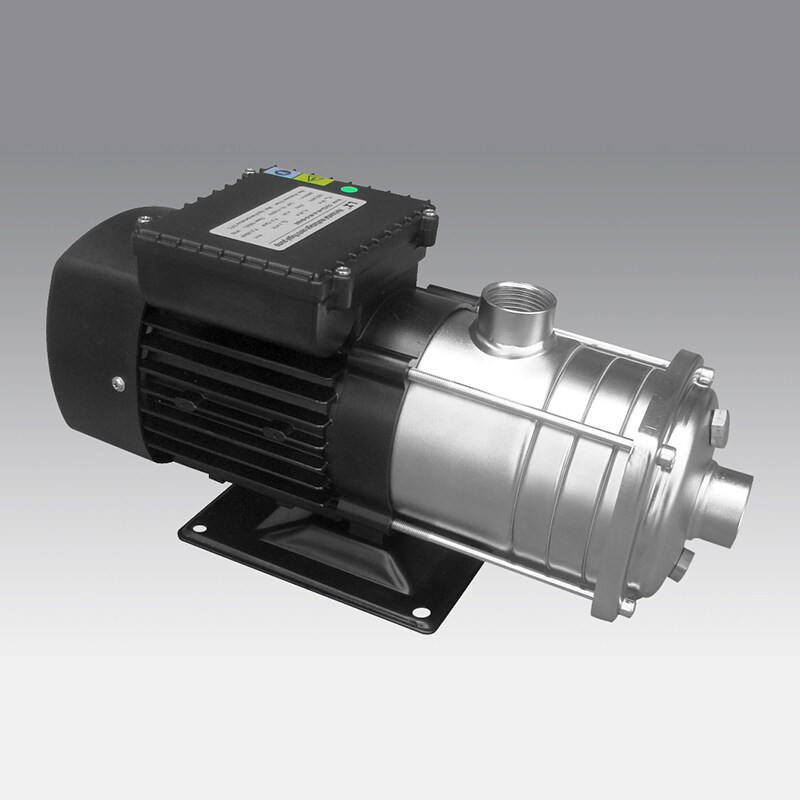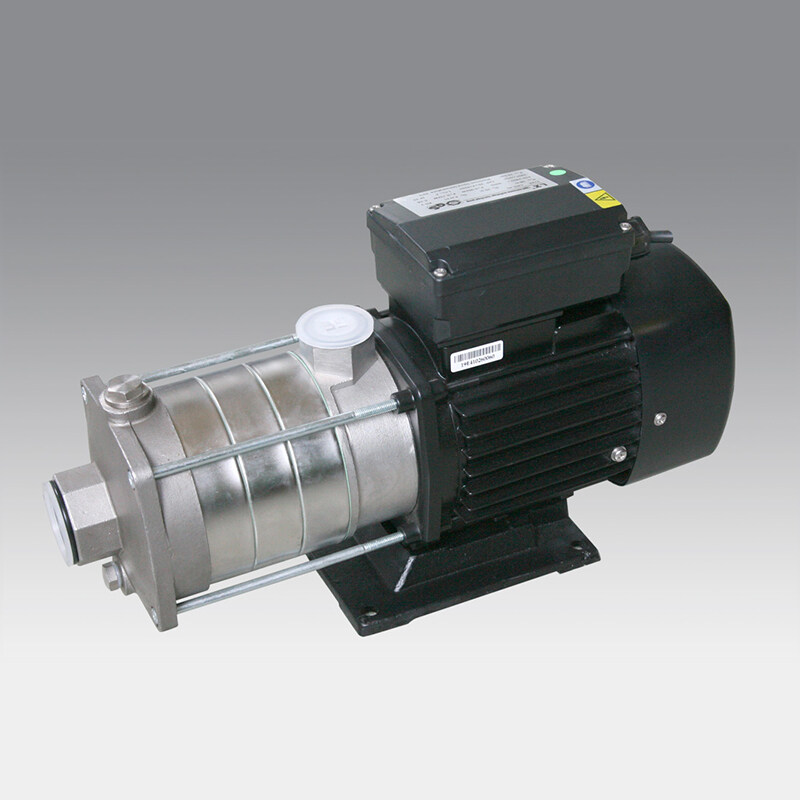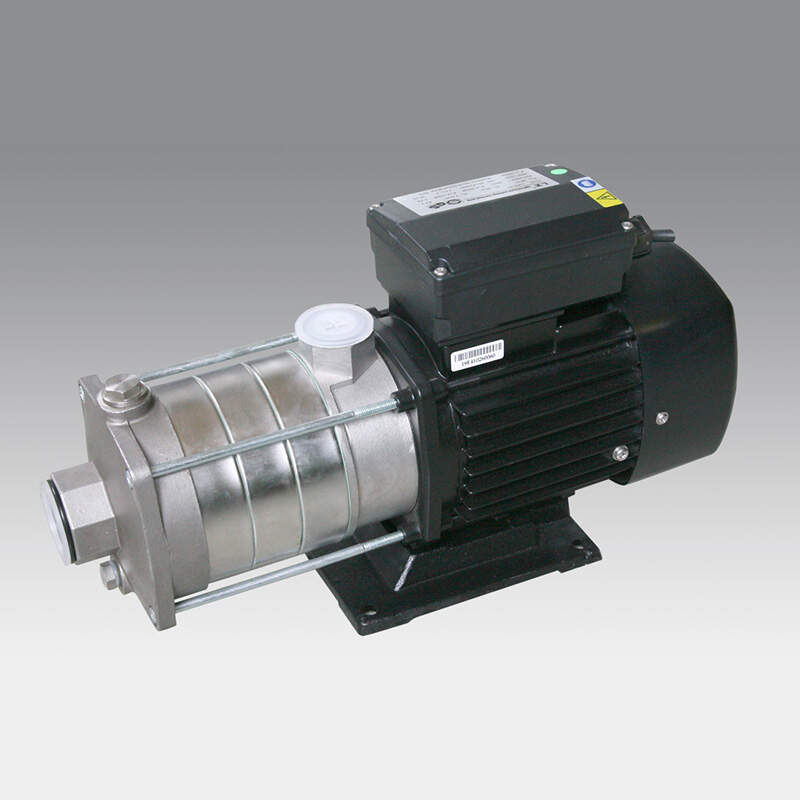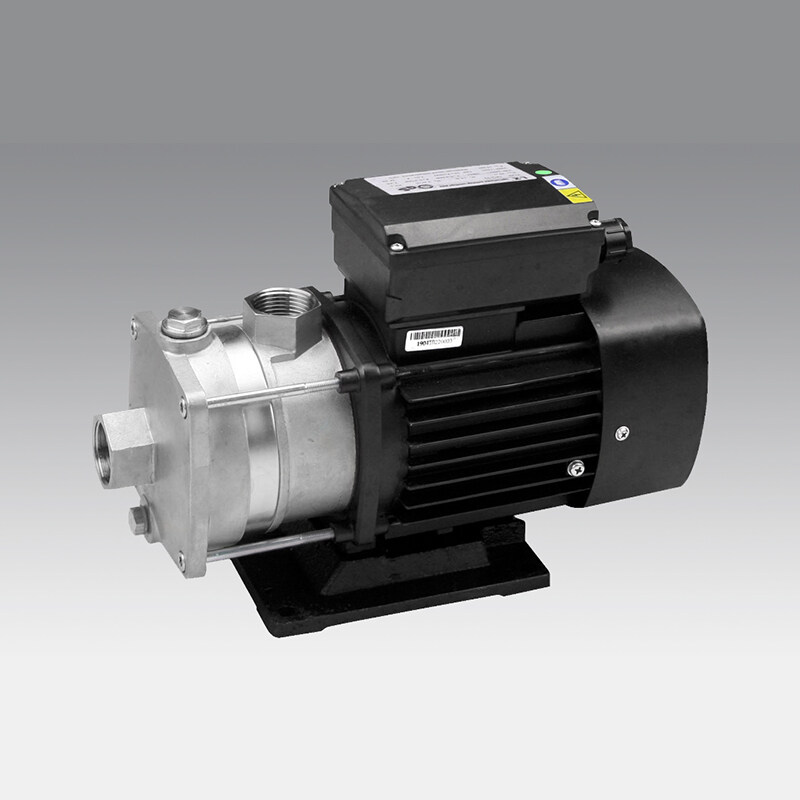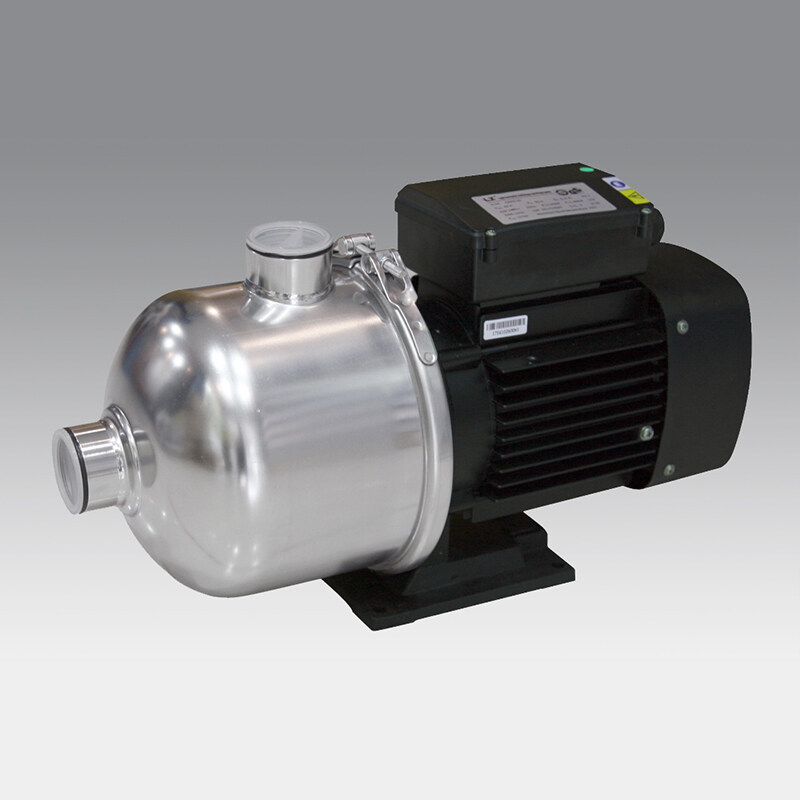Email format error
Email cannot be empty
Email already exists
6-20 characters(letters plus numbers only)
The password is inconsistent
Email format error
Email cannot be empty
Email does not exist
6-20 characters(letters plus numbers only)
The password is inconsistent

PUMPS CUC8-40B 50HZ
The water pump is a versatile pump for pressure boosting, small underground sprinkler systems, operating lawn sprinklers, and, a multitude of other general purpose applications. The pump has four functions that simulate a garden house spout. The pump can be used to water plants and flowers, raise the water level for cleaning aquariums or ponds, operate a small fountain in front of your home or business and fill containers with water from a stream or pond.
The versatile plastic water pump is constructed of high-impact plastic. The pump is installed into the pump casing, which places the internal components in direct contact with the water source.
Product parameters
| 50Hz | |||||||||
|---|---|---|---|---|---|---|---|---|---|
| Model | Driving motor P2(KW) | Q(m3/h) | 4.0 | 6.0 | 8.0 | 10 | 12 | 14 | 16 |
| CUC8-40B | 1.5 | H(m) | 41 | 39 | 37 | 33 | 28 | 23 | 17 |
Product Description
The water pump is a versatile pump for pressure boosting, small underground sprinkler systems, operating lawn sprinklers, and, a multitude of other general purpose applications.
Product Specification
Nominal Voltage: 115V/60HZ
Output Power: 1/2 HP
Motor Fulload: 6 amps
Max.height: 125ft
Max.suction height: 26ft
Max.conveying amount: 960 gph
Diameter of Pipe: NPT1"
About this item
Economic Pump
The water pump is a versatile pump for pressure boosting, small underground sprinkler systems, operating lawn sprinklers, and a multitude of other general-purpose applications. Suitable use in garden, lawn, farm, and rural house.
Strong and Reliable Performance
The water pump with 1/2 HP motor. Maximum flow rate up to 960 GPH and Max lift water up to 125 feet. Corrosion-resistant stainless steel construction extends product life and is easy to clean.
Installation Notice
The water pump should be installed in a dean, dry, and ventilated location which provides adequate room for servicing and protection from freezing temperatures. It should be bolted to a good foundation, preferably concrete, and provided adequate drainage.
Safety Ensure
The water pump pays attention to safety. Full corrosion-resistant and reinforced thermoplastic construction with thermal overload protection for continuous duty use in water removal applications.
Operation Warning
Do not run the water pump before priming it, since the seal and impeller could be permanently damaged. Remove the plug from the street tee and pour clean water into the unit until the casing and suction line are filled.
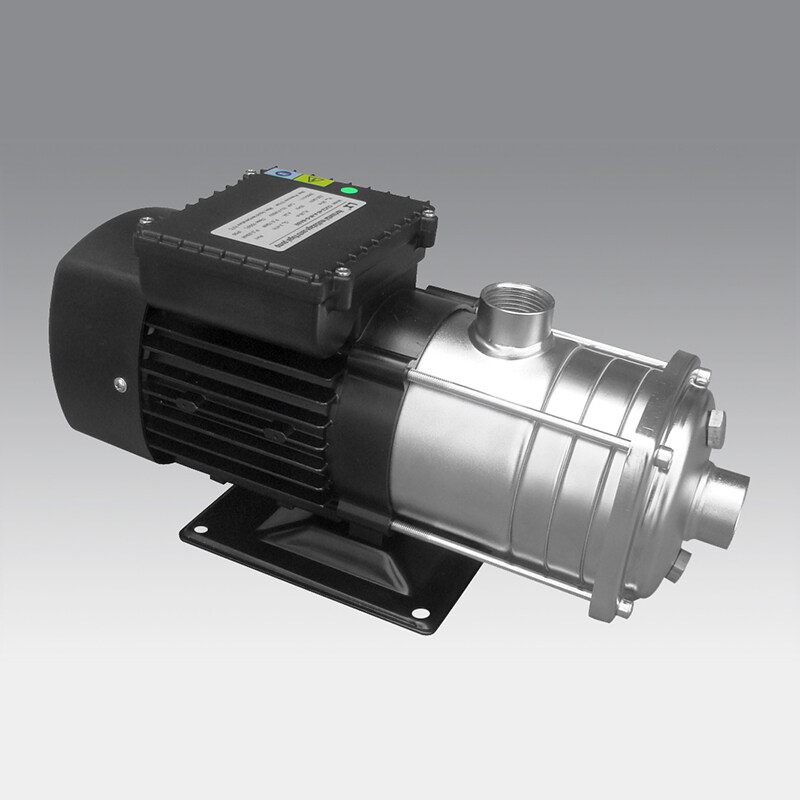
Why do pumps need self-priming devices?
From the above explanation, it should be seen that when the impeller rotates, only things with "texture" can be thrown from the center to the surrounding, so that an obvious vacuum is formed in the center. If the pump cavity is filled with air, no matter how fast the rotation is, a vacuum cannot be formed. Therefore, before the centrifugal pump works, the pump cavity must be filled with liquid in advance, which is the origin of the self-priming device.
What are the forms of self-priming devices?
The first is to use compressed air to vacuum the pump casing and divert water; Before starting the pump, during the operation of the self-priming device, the valve on the outlet side should be kept closed, or a spring-loaded back pressure valve should be installed. When the outlet pressure reaches about 60% of the normal working pressure, it will open automatically. The vacuum suction must be connected to the highest point on the suction side of the pump and placed in the suction pipe to form an air chamber. Usually, a reduced pressure compressed air is connected, and the venturi effect is used to generate a vacuum in the pump shell and fill it with water. This device allows the centrifugal pump to dry for a short time.
Another kind of self-priming device is the self-contained vacuum pump. This disadvantage is that the pump structure becomes complex and the volume increases, and it is necessary to ensure that the upper water tank is full of water every time it is started.
Self-priming pump
The self-priming pump can achieve the effect of exhaust and water filling of the inlet pipeline with the help of its device characteristics without water filling before starting. The commonly used self-priming pump refers to the external mixing centrifugal self-priming pump, which makes the liquid flow to the volute according to the rotation of the impeller, to form a vacuum in the pump body. In this way, the one-way valve of the self-priming pump will open, suck the liquid in from the inlet, and transport the liquid out through the impeller passage. This is the working principle of the self-priming pump.
Difference between ordinary centrifugal pump and self-priming centrifugal pump
1)Before starting, a certain amount of starting circulating water shall be injected into the pump body when the self-priming centrifugal pump is started for the first time; When the centrifugal pump is started each time, it just needs to fill the water inlet pipe and the pump body with water at the same time, or use auxiliary devices to extract air from the inlet pipe.
2)On the device, the self-priming centrifugal pump is only equipped with a filter screen at the lower end of the water inlet pipe without a bottom valve; The centrifugal pump must be equipped with a bottom valve at the lower end of the water inlet pipe or an air extraction device at the outlet.
3)During operation, pumps with the same performance parameters generally have lower efficiency and poor cavitation performance than centrifugal pumps.
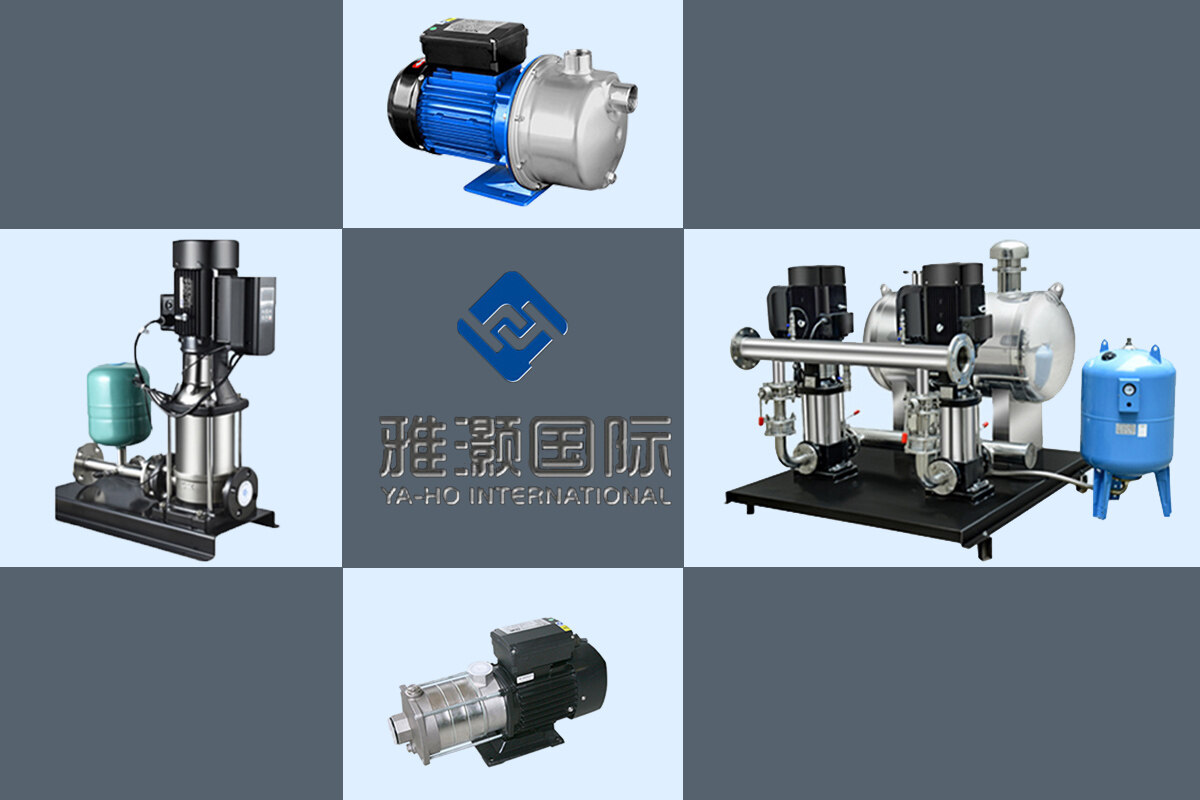
Application field
① In the production of chemical and petroleum sectors, most of the raw materials, semi-finished products, and finished products are liquids, and the production of semi-finished and finished raw materials into semi-finished products and finished products needs to go through complex technological processes. During these processes, pumps play a role in transporting liquids and providing pressure flow for chemical reactions. In addition, in many installations, pumps are used to adjust the temperature.
② In agricultural production, pumps are the main irrigation and drainage machinery. my country's rural areas are vast, and a large number of pumps are needed in rural areas every year. Generally speaking, agricultural pumps account for more than half of the total output of pumps. Pumps are also the most used equipment in the mining and metallurgical industries. The mine needs to be drained by pumps, and in the process of beneficiation, smelting, and rolling, pumps are needed to supply water.
③ In the power sector, nuclear power plants need nuclear main pumps, secondary pumps, and tertiary pumps, and thermal power plants need a large number of boiler feed pumps, condensate pumps, oil and gas mixing pumps, circulating pumps, and ash pumps.
④ In national defense construction, the adjustment of aircraft flaps, tail rudders, and landing gear, the rotation of warships and tank turrets, and the ups and downs of submarines all require pumps. High pressure and radioactive liquid, and some also require the pump without any leakage.
⑤ In short, whether it is aircraft, rockets, tanks, submarines, drilling, mining, trains, ships, or everyday life, pumps are needed everywhere, and pumps are running everywhere. That's why the pump is listed as a general-purpose machine, which is a major product in the machinery industry.
⑥ Electric pumps i.e. pump driven by electricity. The electric pump is composed of a pump body, a water lift pipe, a pump base, a submersible motor (including cables), and a starting protection de
